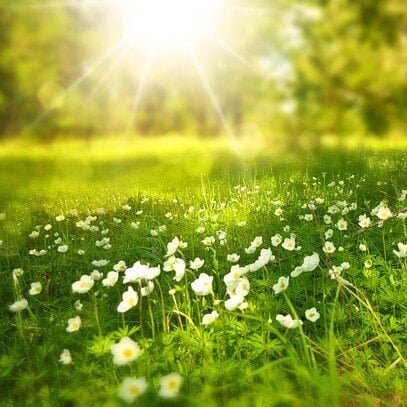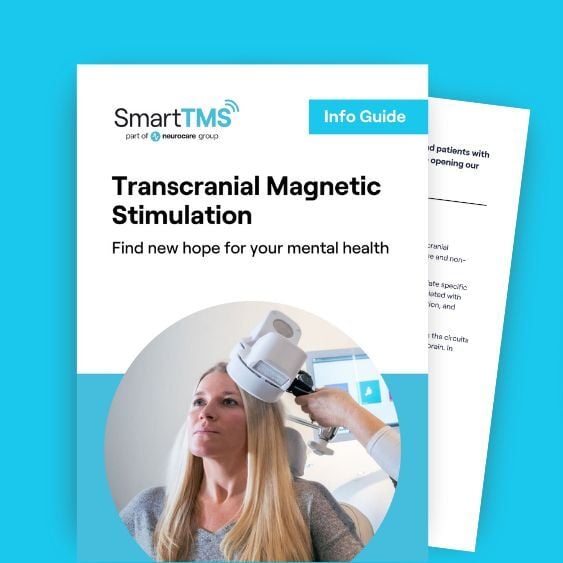Reverse Seasonal Affective Disorder: What is it and what to do?
June 3, 2024 - Smart TMS

Reverse Seasonal Affective Disorder (SAD), also known as spring depression, is a variant of SAD that occurs during the transition from winter to spring. Unlike the more common form of SAD that affects individuals in the colder months, reverse SAD strikes as the days become longer and warmer. Let’s take a closer look at this condition:
What is Reverse SAD?
Reverse SAD is a type of depression that emerges in the spring and can last into the summer. It’s marked by symptoms similar to those of depression but occurs during the months most associated with renewal and happiness.
Symptoms of Reverse SAD
- Individuals with Reverse SAD may experience:
- Anxiety and agitation
- Insomnia or trouble sleeping
- Irritability or a low threshold for stress
- Decreased appetite and weight loss
- A persistent feeling of sadness or depression
Potential Causes of SAD:
The causes of reverse SAD are not entirely clear, but several factors may contribute:
- Disruption of Circadian Rhythms: The increased daylight and delayed sunset can disrupt the body’s internal clock, leading to sleep disturbances.
- Allergies: Pollen and other allergens can trigger inflammatory responses, which may be linked to mood changes¹
- Social Pressure: There’s often an expectation to be more active and social in the warmer months, which can be overwhelming and may leave us feeling like we need to ‘feel happier’².
Coping Strategies
Everyone is different — we all have our own ways of taking care of our mental health. Managing reverse SAD involves a combination of self-care and professional treatment. It’s important to remember that different things may work for different people:
- Maintain a Regular Schedule: Keeping a consistent routine can help regulate your mood — our bodies love routines!
- Mindfulness and Relaxation: Techniques such as meditation can reduce stress and anxiety.
- Professional Support: Therapy and, in some cases, medication can be effective in managing symptoms.
Summary:
Reverse SAD is a real and challenging condition that contrasts with the typical joy associated with spring. Recognising the signs and seeking help are crucial steps towards managing this form of depression. This blog provides a glimpse into the complexities of reverse SAD. However, there’s much more to this condition and, hopefully, with greater awareness we can begin to understand it better. If you’re experiencing symptoms, it’s important to reach out to a healthcare professional for personalised advice and support. Remember, you’re not alone, and help is available.
References:
- Spring Depression (Reverse SAD): Causes, Treatments & More – PsyCom. https://www.psycom.net/seasonal-affective-disorder/spring-depression.
- Reverse Sad: Why springtime can be bad for depression sufferers.https://www.bbc.com/news/health-13546925.
- What to Know About Reverse SAD – Grow Therapy. https://growtherapy.com/blog/reverse-sad/.
- Spring Depression: Symptoms, Causes, and Treatment – Healthline. https://www.healthline.com/health/spring-depression.
- Summertime sadness – Reverse Seasonal Affective Disorder. https://wayahead.org.au/summertime-sadness-reverse-seasonal-affective-disorder/










